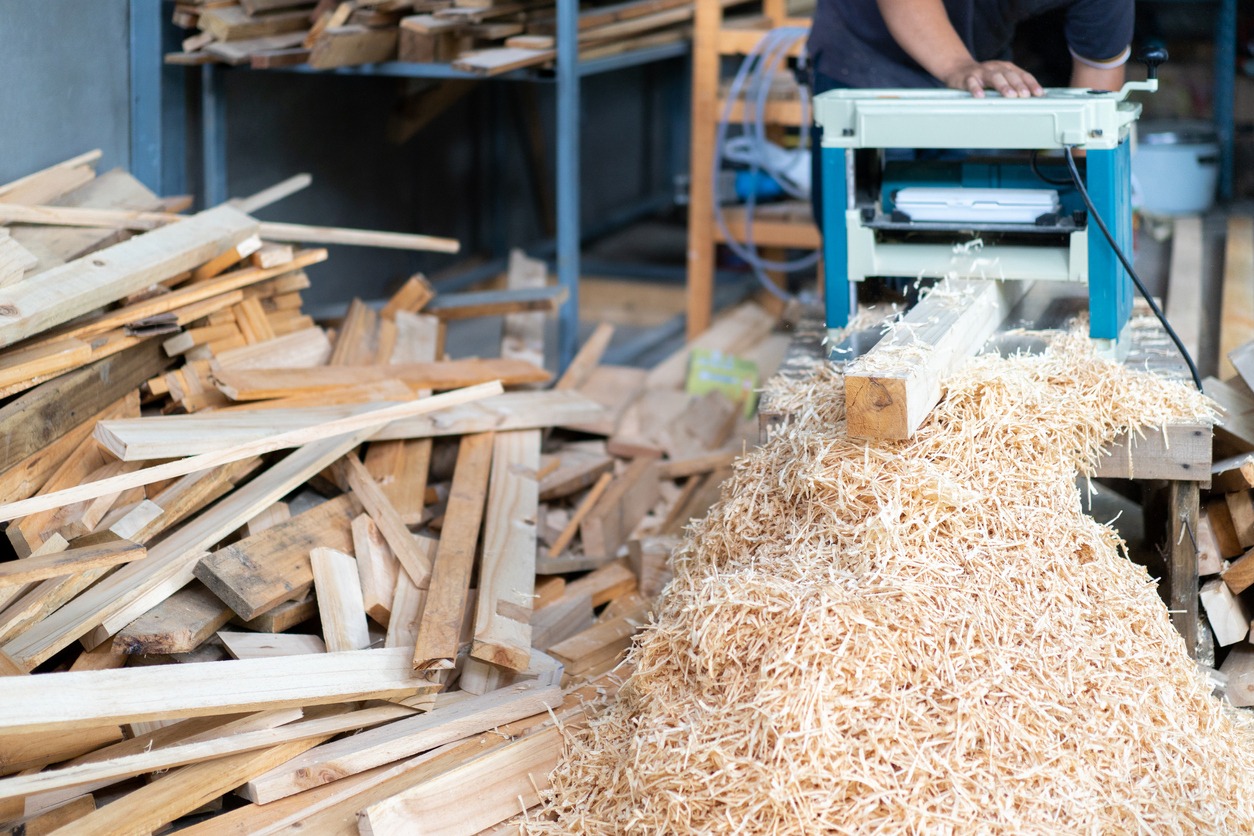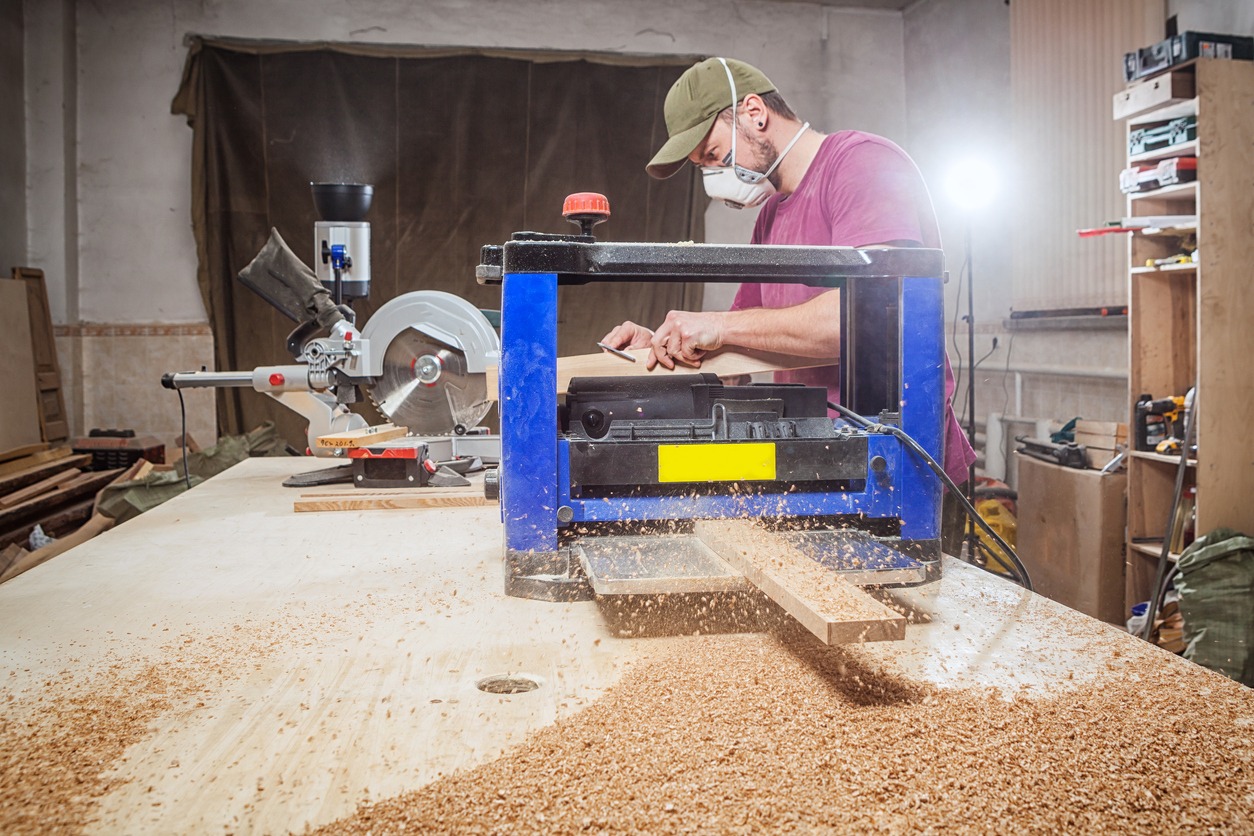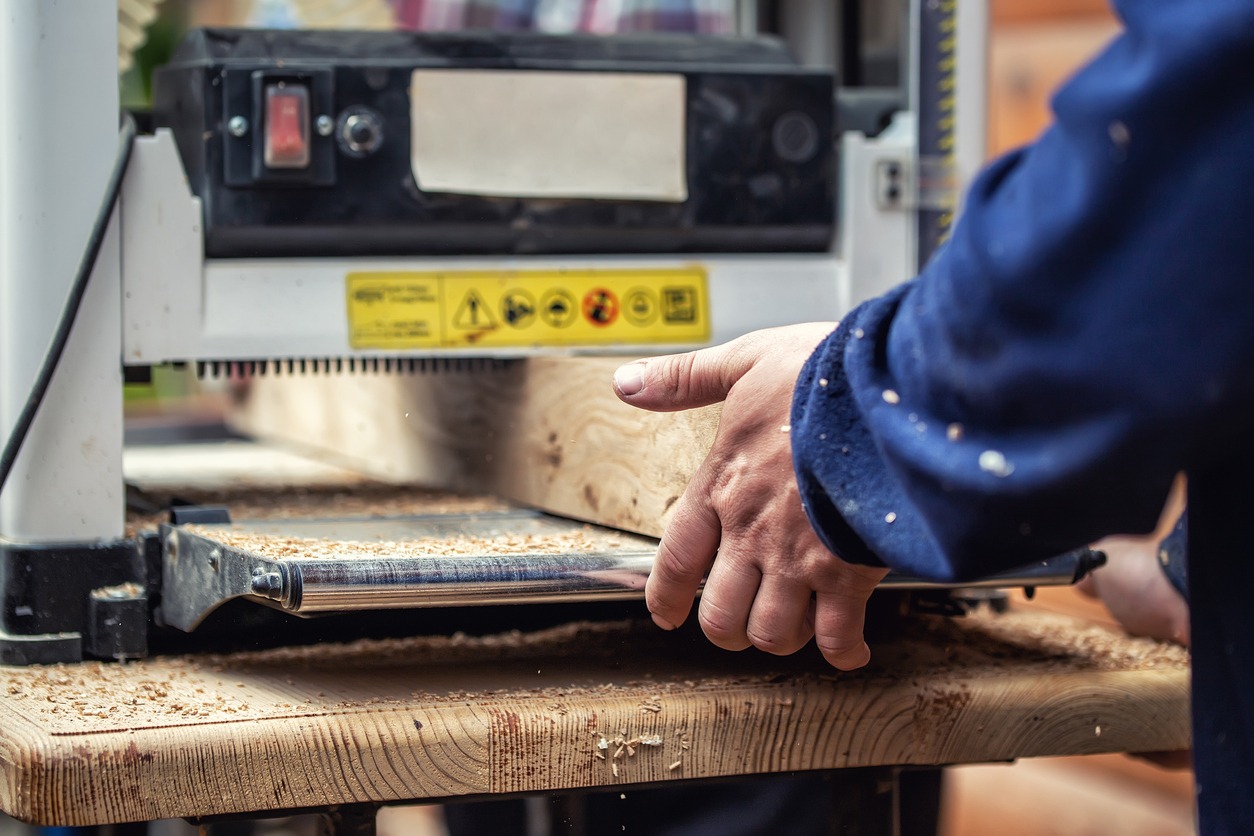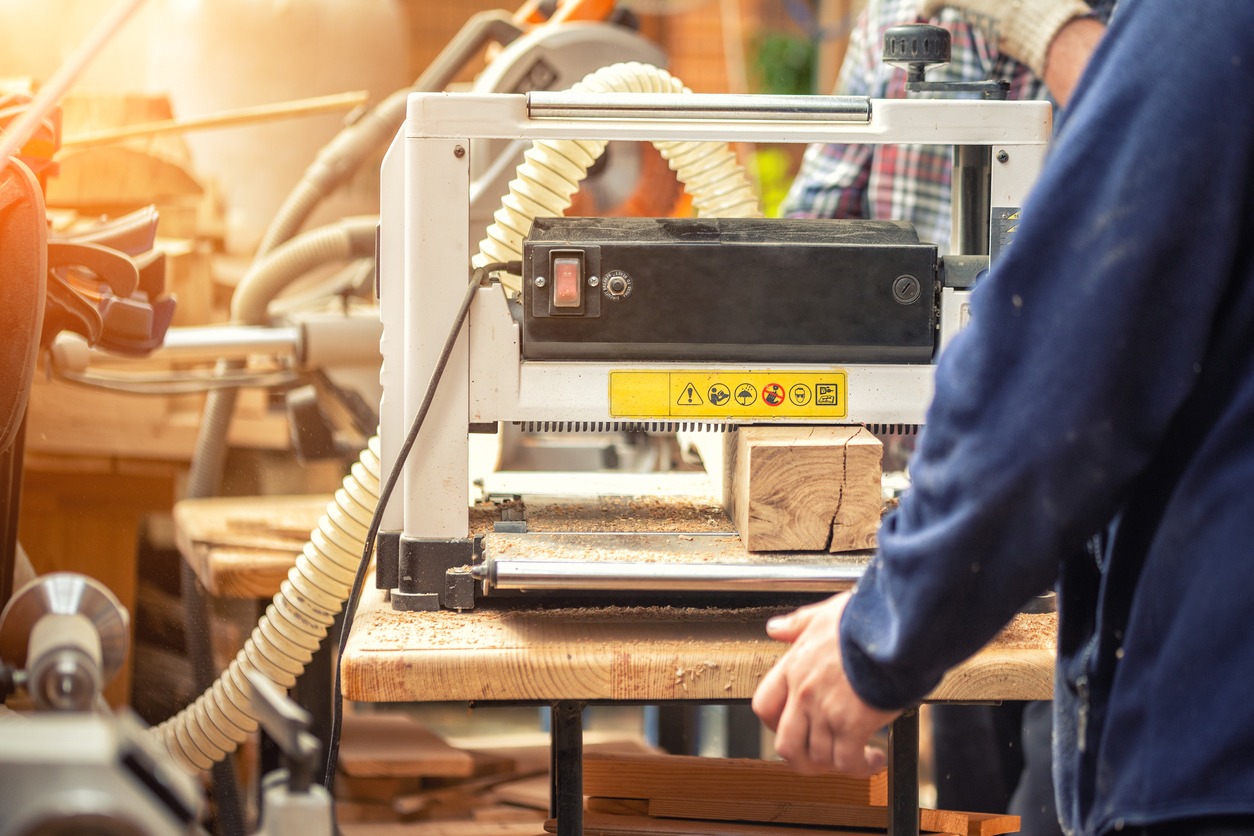Woodworking is an incredibly satisfying hobby, and it’s the perfect way to transform a pile of wood into beautiful pieces. It is a complicated art form which requires highly precise and accurate tools along with a good level of skill. Some may think of it as a task for the unskilled, but it is indeed a task that the most skilled people are really successful at.
To achieve success with woodworking, you need proper tools. One such precision tool is a benchtop planer. It is nearly impossible to complete a handsome project without a good benchtop planer. The power tool is essential for achieving the precise cuts and finishes.
Since the market has an infinite number of options to offer, we curated this guide explaining everything you need to know before purchasing one. Benchtop planers are expensive, that’s why it is important to find a model that suits your wood-planing requirements. Whether you are a newbie woodworker or have acquired the professional level of woodworking, this guide will help you find something that suits your needs.
What is a Benchtop Planer?
A benchtop planer is a box-shaped tool designed to reduce board thickness and smoothen its surface. It fine tunes the material used for making bookshelves, cabinetry, and many more.
Unlike hand planers that the users operate with their own hands, benchtop planers are electrical appliances, so they work more quickly and efficiently. The box shape device features an inlet where you simply place the board. The machine’s internal rollers will pull it through and shave off the surface quickly. You can pick the finished piece up from the output slot at the back of the device.
Uses of Benchtop Planers
The main function of a benchtop planer is to smoothen rough pieces of wood, make it straight, and reduce it to the exact thickness that you need. Let’s explore these and some other uses in more detail.
Preparing Surfaces and Smoothing Rough Stock
Every wooden project starts as a rough piece of lumbar. It is brought to a smooth, straight shape after passing through various woodworking tools. If you also have a rough wooden board, you can easily smoothen it using a benchtop planer. Simply choose a smoothing plane and feed your board through the machine. It will quickly shave the uneven surface, making it flat and even, so you can start working on it.
You may need to smoothen the material twice; once before starting to work on it and once towards the end of the project when you are ready to put your work piece together. A good benchtop plane will prove to be useful in both instances. You can also use it to resurface weather or worn out wood to give it a brand new look.
Removing Bows or Warping
Wooden boards and planks often arrive twisted or warped. You need to remove these bends and straighten out the material before it can become a part of your project. Using a benchtop is an efficient way of doing so. These machines are designed to take out a lot of material at once, so if you are working on a very twisted piece of lumbar, feed it to the benchtop plane to obtain a straight and even working surface.
Ensuring Uniform Thickness or Dimensioning
Wooden furniture and cabinets look more appealing when all their surfaces are of the same width. But even if you cut them from the same board, you can have planks of varying thicknesses. You can use a benchtop plane to bring them all to a uniform thickness. These machines are designed to remove more material from the surface in one pass than any other tool. So they are the right choice when you want to reduce the thickness of the stock you are working with.
How To Choose a Benchtop Planer
When looking for a benchtop planer for woodworking, there are many factors to consider and important features to look for, including:
Cutting Depth Capacity and Cutting Width
This is the maximum amount of material that a benchtop planer can remove in a single pass, while a Planar with a wider head enables you to work with larger pieces of lumber. Look for a model that has a maximum cutting depth of at least one and a half inches, as this will provide adequate power and more precise cuts for most common jobs.
Motor Power
Choose a planer with a motor powerful enough for the tasks at hand. More power will give you better results in terms of cutting accuracy and speed. Look for models with at least 1HP motors, as this will provide enough power to slice through thicker pieces of wood without slowing down or struggling.
Adjustable Speed Setting
Many planes support variable speed settings. This feature allows you to adjust the speed depending on the material you are cutting. This is great for detailed work and ensures that the results are clean and accurate.
Blades
Generally speaking, the more blades a planer has, the smoother and quicker the cuts will be. Additionally, larger blades will be able to make deeper cuts than smaller blades. Make sure to check for both the number of blades as well as their size and type when selecting a model.
Dust Collection System
The dust collection system on a planer is designed to collect sawdust and other debris generated during the cutting process. This helps keep your work area clean and safe while also improving cut quality since everything must pass through the dust collection system before being discharged into your shop vac or other waste container.
Runout Accuracy
Runout accuracy refers to how accurately the planer can cut a straight line across two adjacent surfaces when it comes into contact with them simultaneously on each end. The more accurate the runout accuracy, the better quality the finished product will be.
Portability
If you plan on bringing your benchtop planer with you to job sites or other locations, then make sure you check for its weight and bulkiness beforehand. Some models are quite heavy and bulky, making them difficult to move around or transport in tight spaces such as vans or trailers. Look for lightweight yet durable models that won’t take up too much room when packed away in their carrying cases.
Knife-Changing System
A good knife-changing system should be fast, easy-to-use, and accurate when replacing dull blades with new ones during mid-cut changes or adjustments (if needed). Some systems include special levers and dials that let you quickly change out blades without having to manually unscrew any parts or take apart any parts of the machine itself in order to do so; these systems make life easier in busy workshops where speed is of importance.
Ease of Use
Usability varies greatly between different brands and models; some brands offer user-friendly interfaces while others require more expertise in order to utilize all its features. That’s why it is important to carefully read about each model’s features before making your purchase decision.
Thickness Capacity
This feature determines how large an object can be placed onto the table before cutting. Obviously, bigger objects require higher horsepower motors as well as larger tables overall. Most quality bench planes offer width/thickness capabilities up to 4 inches in one pass, but may vary between different manufacturers.
Warranty
Most manufacturers offer some kind of warranty on their products, which usually covers repairs should anything happen while using their product. However, always make sure you understand exactly what’s covered before making a purchase.
FAQs
1. How much do benchtop planers typically cost?
Prices for benchtop planers start from $300 and can reach in thousands of dollars, depending on the manufacturer, model and features. Expect to pay something around 0 for a reasonable planer good enough for most home projects.
2. Are there any safety considerations for using a benchtop planer?
Yes, when using a benchtop planer it is important to wear safety glasses and ear protection, as the machine can become very loud when in use. Additionally, make sure to keep your hands away from the blades and check that all parts and connections are secured before operating the machine.
3. How difficult is it to operate a benchtop planer?
Operating a benchtop planer is pretty straightforward once you understand its various features and functions. However, it does require some knowledge to ensure you’re using it safely and effectively.
Conclusion
A benchtop planer is a useful tool that’ll help you complete woodworking projects quickly and smoothly. You can use it to smoothen the work surface, eliminate the bumps and twists, as well as reduce thickness of the material.
When choosing a benchtop planer, check that its motor power, speed setting, runout accuracy, and knife-changing system matches your purpose. Only then will you be able to use it at its highest potential.



